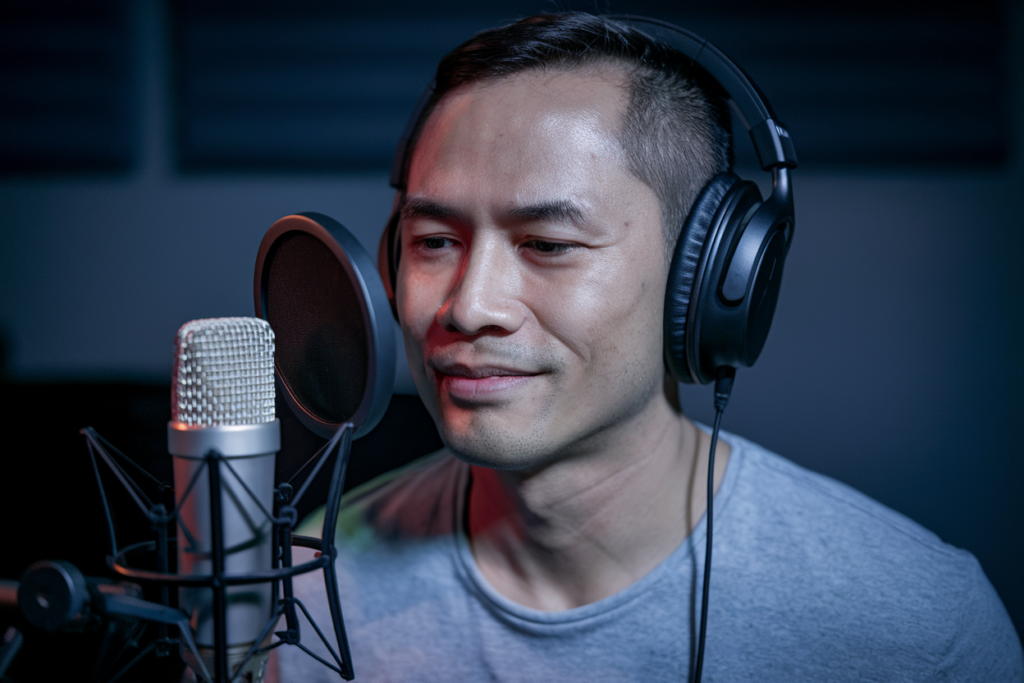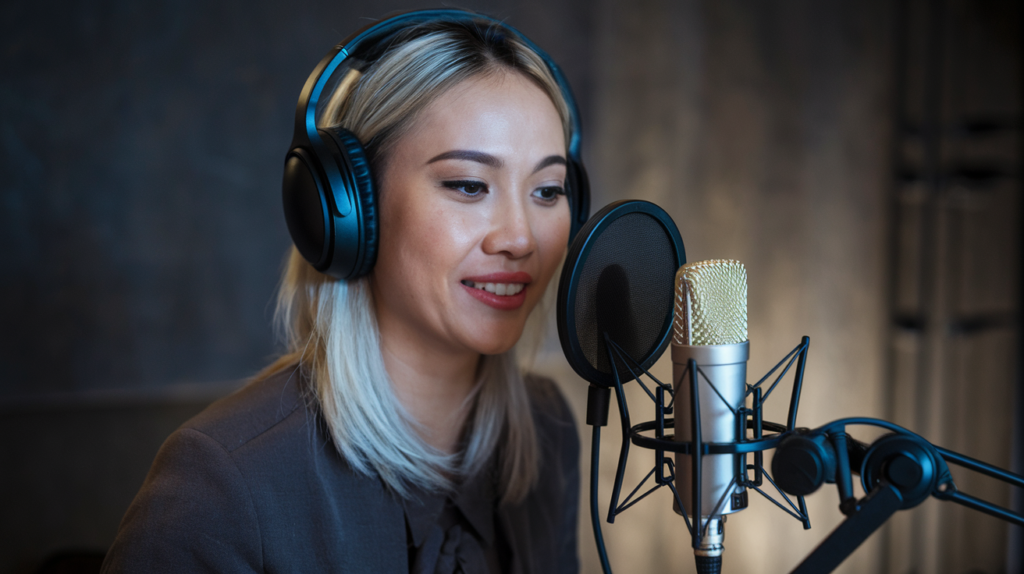Indonesian voice-over services provide professional voice recordings in the Indonesian language, catering to various media such as advertisements, films, e-learning, and more. These services help brands and projects reach Indonesian-speaking audiences effectively by using native speakers who capture the nuances of the language and cultural context.
Key industries benefiting from Indonesian voice-over services include:
- Advertising and marketing campaigns
- Film and TV localization
- Corporate training and e-learning modules
- Gaming and app development
- Documentaries and audiobooks
The Indonesian Language: A Brief Overview
Indonesian, or Bahasa Indonesia, is the official language of Indonesia and is spoken by over 200 million people as a first or second language. It is derived from Malay and serves as a unifying language in a country with over 700 local languages.
Key Characteristics of Indonesian Language for Voice-Overs:
- Straightforward grammar compared to other languages, making it relatively easy to adapt scripts.
- Neutral tone, ideal for global audiences and clear communication.
- Borrowed words from Sanskrit, Dutch, Arabic, and English, offering a versatile vocabulary.
Accents in Indonesian Voice Over Services
Neutral Indonesian Accent
The neutral Indonesian accent is the most commonly used for professional voice-overs. It reflects the standard pronunciation taught in schools and heard in formal media like news broadcasts. This accent is perfect for reaching a broad audience across Indonesia.
Regional Accents
While the neutral accent dominates, regional accents are often required for specific projects to create authenticity or connect with local audiences. Examples include:
- Javanese accent: Found in Java, Indonesia’s most populous island, it has a softer and more melodic tone.
- Balinese accent: Known for its distinct rhythm and intonation, used in cultural or tourism-related content.
- Batak accent: Strong and assertive, commonly associated with Northern Sumatra.
Dialects in Indonesian Voice Over Services
Although Bahasa Indonesia is the unifying language, many Indonesians also speak local dialects. Incorporating these dialects in voice-overs can enhance localization efforts and cultural relatability.
Popular Dialects for Voice-Overs:
- Sundanese: Spoken by millions in West Java, it has a distinct vocabulary and phonetics.
- Minangkabau: Used in West Sumatra, this dialect is unique for its tonal variation.
- Betawi: The informal dialect of Jakarta, great for projects aimed at urban youth.
Choosing the Right Indonesian Voice Over Artist
To select the best talent for your project, consider the following:
- Language fluency: Ensure the artist speaks Bahasa Indonesia natively.
- Accent and dialect expertise: Match the voice talent to your target audience, whether you need a neutral accent or a regional variation.
- Versatility: Choose artists with experience across media like commercials, narrations, or character voice-overs.
- Cultural awareness: A voice artist familiar with Indonesian culture can adapt tones and expressions to suit the content.
Male vs. Female Voice Talent
Depending on your project, you may require:
- Male voice artists: Often preferred for authoritative, formal, or instructional content.
- Female voice artists: Ideal for emotive, soft, or nurturing messages, such as in e-learning or advertisements targeting families.
Applications of Indonesian Voice Over Services
Indonesian voice-over services are used for a variety of purposes:
- Corporate Narration: Perfect for company presentations and training videos.
- Advertising: Engages local consumers with relatable accents and culturally resonant delivery.
- Media Localization: Adapts films, TV shows, and documentaries for Indonesian audiences.
- E-Learning: Provides clear and professional narration for online courses.
- Gaming and Animation: Brings characters to life with authentic voices tailored to the Indonesian market.
Investing in Indonesian voice-over services allows businesses and content creators to connect authentically with one of Southeast Asia’s largest and most dynamic audiences.







